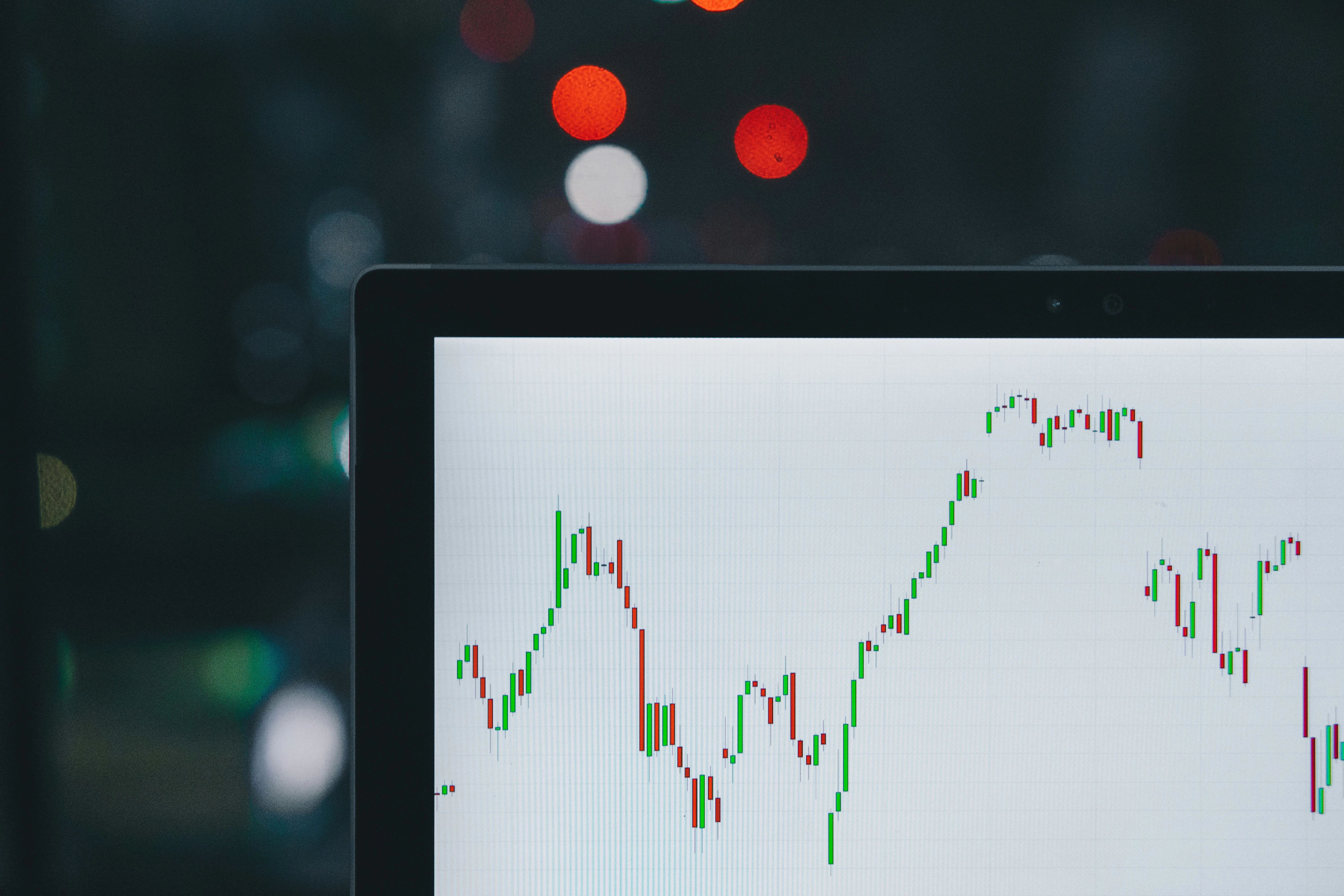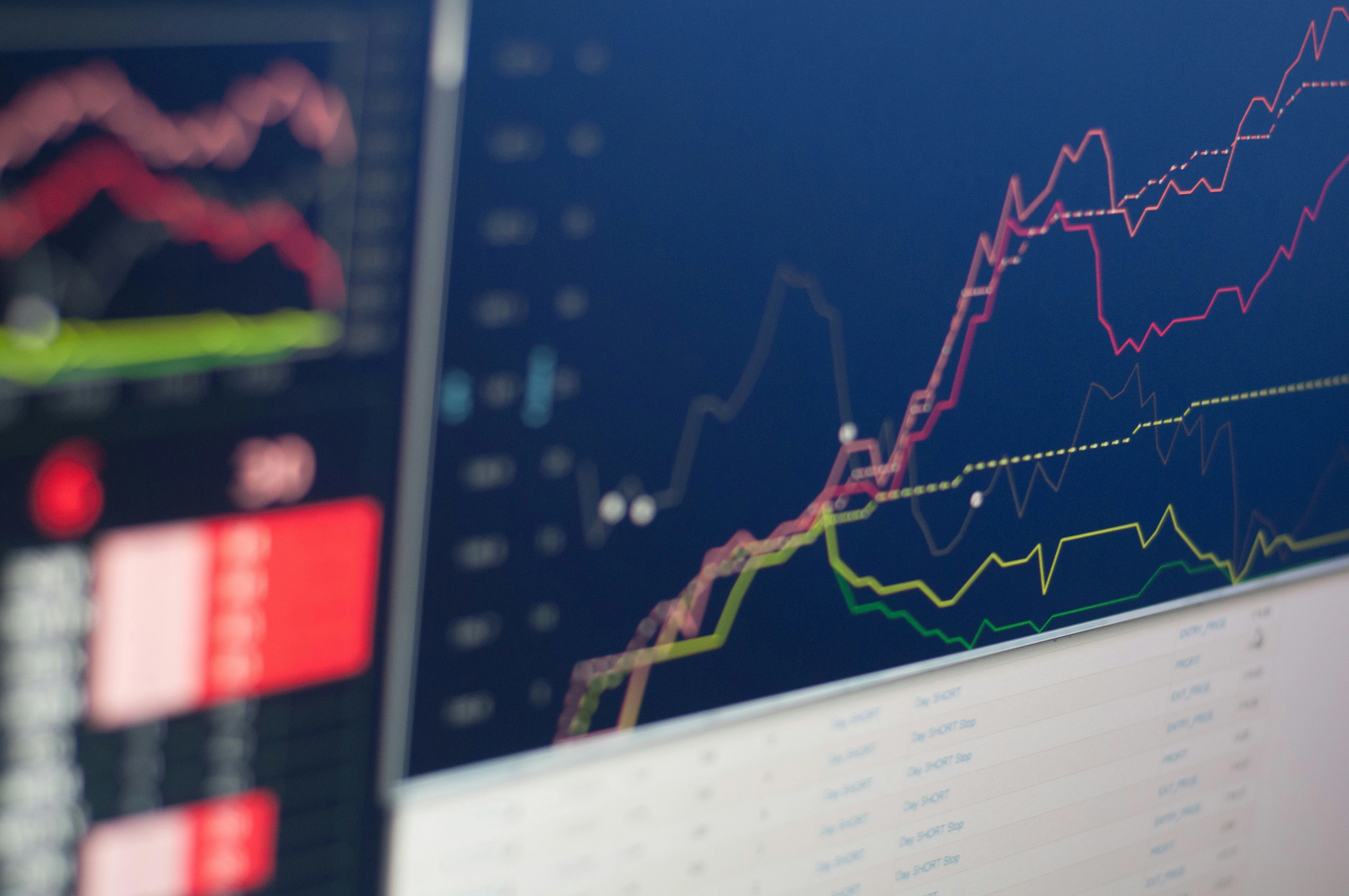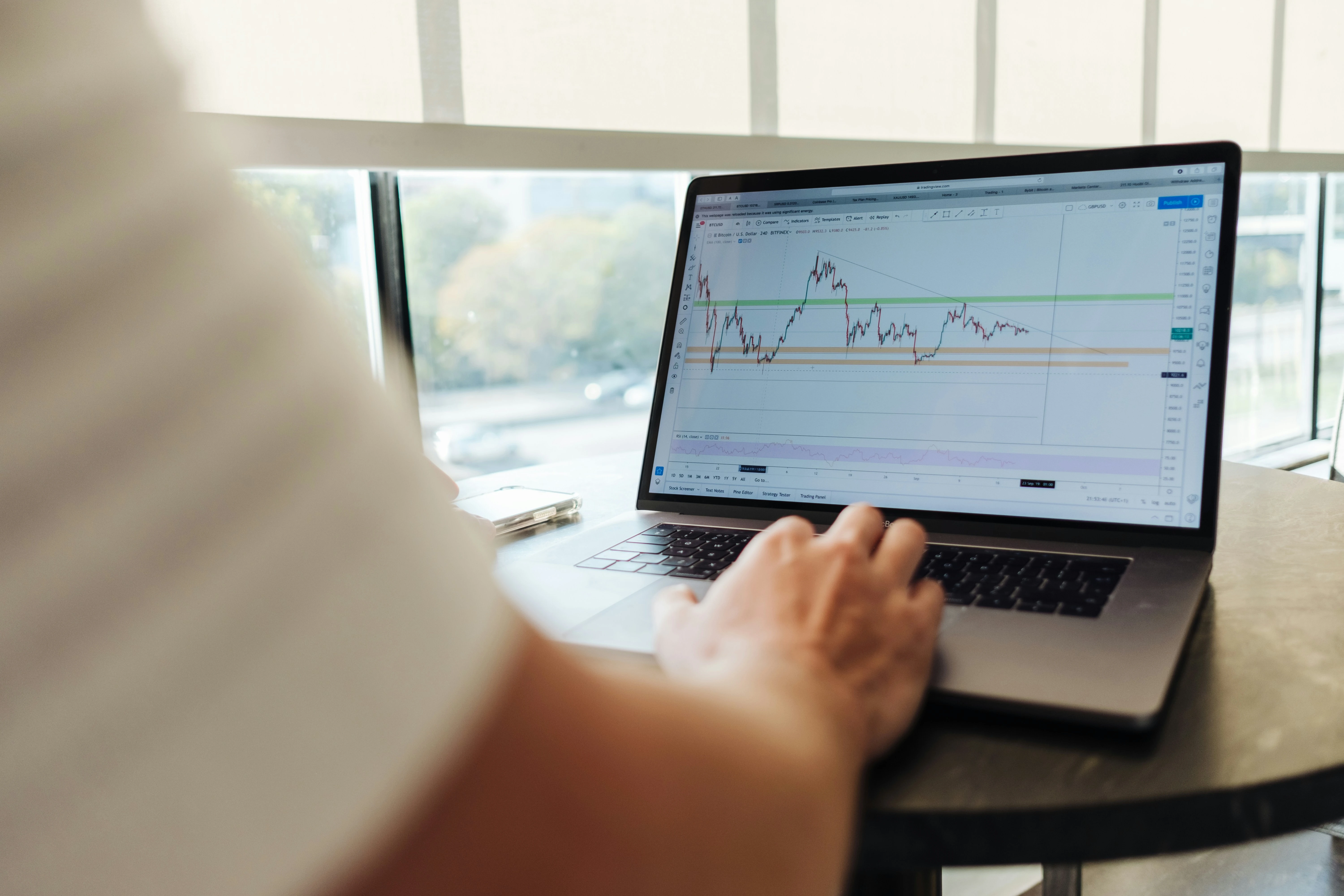Equipment management supporting financial planning
Equipment management is an underutilised tool for better investment planning and rationalisation of procurement. A modern digital equipment register with cost information also helps in optimising insurance values and preparing for exceptional situations.

Key benefits for financial perspective
By systematically gathering asset life cycle data, it's possible to accumulate data about the expected lifetime, renewal investments, use rate and idle time.

Cost-efficiency
When there's understanding of existing assets, there's no risk of unnecessary or duplicate purchases or early renewal investments.

Saved time
Achievable asset information brings efficiency to everyday operations, such as checking locations, maintaining assets and reporting asset details.







Successful financial planning requires reliable data
For a CFO, data is an essential tool to support decision-making. It is surprising how many have only incomplete information constantly available about the company’s owned assets.
Key questions to consider include:
Do you know exactly what assets your company owns and manages?
Can you easily determine where the assets are, who is responsible for them, or what condition they are in?
Do you know whether the insured values of the assets are correct and whether the insurance coverage is therefore optimized?
Have you prepared for exceptional situations and can you, if necessary, produce an inventory list with acquisition details?
Do you have visibility into your company’s future investment needs regarding assets?

Why is equipment management essential for a CFO?
Without systematic asset management and control, assets and their maintenance generate unnecessary costs. In the worst case, new investments are made in equipment that is still in good working order—or not needed at all!
Internal audits also value systematic asset management, as it shows that owned property is well maintained and that information can be easily found in the system.
The benefits include:
A constantly up-to-date and reliable equipment register
Cost control
Cost savings
Smarter investments
The ability to generate reports when needed

Risk management and preparedness
In terms of equipment, risk management and preparedness measures relate to premises security and insurance. When water damage, fire, or theft occurs, it is crucial to be able to quickly prove what assets were affected to ensure fast recovery. For physical assets, it is especially important to be able to provide the insurance company with an inventory list including acquisition details.

Equipment life cycle tracking from purchase to disposal
For a CFO, data is everything. Lifecycle information about equipment provides a wide range of benefits in decision-making. Acquisition data for assets helps in planning new investments, while usage rates help determine actual needs.
It is valuable for a CFO to be able to track equipment both individually and as part of larger groups. Trail supports both individual and overall equipment tracking and also allows flexible generation of reports with the necessary information.
Learn more
Return on investment (ROI) in equipment management
Investing in digital equipment management pays off. The return can easily reach several hundred percent, purely from making smarter investment decisions. Savings arise in several areas:
Time savings thanks to easier access to information and more efficient operations
Reduced investments and more efficient allocation
Postponing investments into the future
Savings from eliminating unnecessary equipment, which reduces insurance premiums, storage costs, as well as maintenance and service fees


